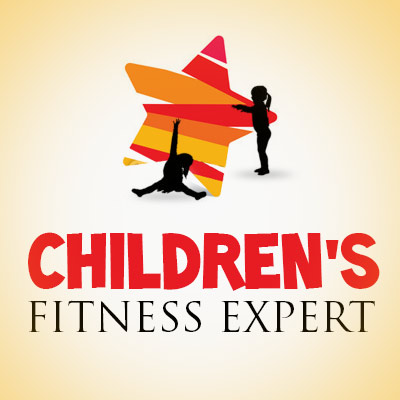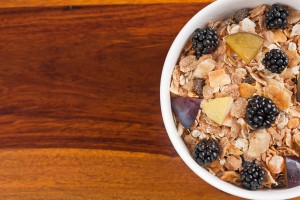 It is that time of year where there are many areas in the US that are experiencing severe weather. Although often children will miss a few days of school, for the remainder of the time they will need to understand how to take care of themselves in these conditions. Cold winter air cannot carry much moisture. The skin is the largest organ of the body and all that surface area can wick away lots of water. To try and help slow some of this down, we can use hand creams on exposed skin to prevent evaporative losses. Your airway has to humidify and warm up this cold, dry air before it reaches the lungs. This takes energy and water to do so, as well. Drinking lots of water before, during and after all activities is critical. Eating properly so that the child has plenty of energy is also very important. Frequent meals will help fuel all kinds of fun activities. Also, the stops will allow the child to warm up a bit and decrease the risk of hypothermia (low body temperature). These high energy foods consist of a good quality protein, some healthy fats and some carbohydrates. Foods such as peanut butter on whole grain breads, lean, low sodium deli meats, eggs and fish are good choices.
It is that time of year where there are many areas in the US that are experiencing severe weather. Although often children will miss a few days of school, for the remainder of the time they will need to understand how to take care of themselves in these conditions. Cold winter air cannot carry much moisture. The skin is the largest organ of the body and all that surface area can wick away lots of water. To try and help slow some of this down, we can use hand creams on exposed skin to prevent evaporative losses. Your airway has to humidify and warm up this cold, dry air before it reaches the lungs. This takes energy and water to do so, as well. Drinking lots of water before, during and after all activities is critical. Eating properly so that the child has plenty of energy is also very important. Frequent meals will help fuel all kinds of fun activities. Also, the stops will allow the child to warm up a bit and decrease the risk of hypothermia (low body temperature). These high energy foods consist of a good quality protein, some healthy fats and some carbohydrates. Foods such as peanut butter on whole grain breads, lean, low sodium deli meats, eggs and fish are good choices.
Skiing, snowboarding, snowshoeing, ice skating, sledding and all other sorts of activities are fun for the whole family. Safety is an important part of staying healthy. With the exception snowshoeing, the above activities are all risks for falls while traveling at high speeds. Thus, anyone enjoying these activities should wear a properly fitted helmet. All equipment should be checked prior to being used and kept in good working condition. The edges of the skis and skates should be sharp to prevent accidents. The equipment should be appropriately sized for the child. Unfortunately hand me downs do not always work. Boots that are too tight restrict blood flow causing pain and increased cooling, and can increase the risk of cold injury such as frostbite. While having fun with the activities, monitoring for fatigue is very important. Careless mistakes or falls due to muscle fatigue can result in injury and/or difficulty getting back to shelter which could result in cold injury and hypothermia.
Clothing should fit well, be water resistant/waterproof and prevents moisture from coming into direct contact against the skin which can cause heat loss. Keeping the head, feet and hands warm helps prevents heat loss to maintain one’s core body temperature. Your mother always told you, and it is true. Layers are a great way to achieve this goal. Air gets trapped between the layers of clothing and heats up buffering the body from the outside temperature. Remember to use scarves whenever possible and always wear a hat.
Winter can be time of short days and long nights, cold winds, snow and ice. However, with all of the activities available around the country, there are many great activities available to enjoy the great outdoors. Stay warm, safe and enjoy.





